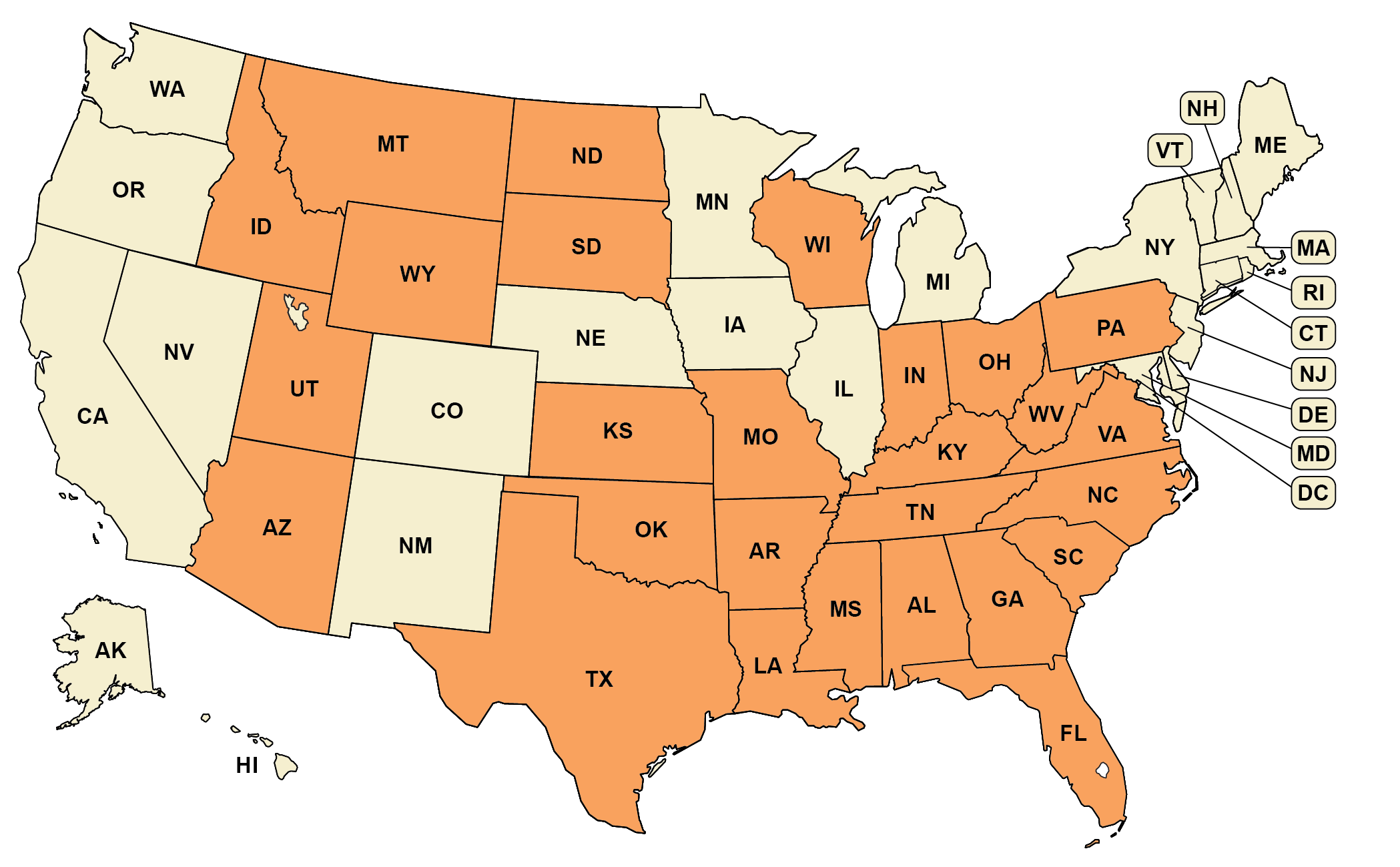During the 2020 election cycle, in the midst of the COVID-19 pandemic, philanthropists recognized a need for additional funding for election offices. These grants were available to any election jurisdiction, and over 2,500 individual offices received additional funding to increase their staffing, training, and available equipment and to conduct safe elections despite COVID-19. All funds were required to be used exclusively for the public purpose of planning and operationalizing safe and secure election administration. In 2021, a number of states have enacted bans on these types of grants, while disregarding the gaps in funding that led to the need for the grants in 2020.
-
State does not ban private grant funding for election administration
(23 states + D.C.)
-
State bans private grant funding for election administration
(27 states)
Recommended citation: Movement Advancement Project. "Bans on Private Funding of Election Offices." https://www.mapresearch.org/democracy-maps/private_funding_bans. Accessed [day of access]
Breakdown by Population
*Note: These percentages reflect the voting-eligible population, as reported by the United States Election Project.
56 % of voting-eligible population lives in states that ban private grant funding for election administration
44 % of voting-eligible population lives in states that do not ban private grant funding for election administration


